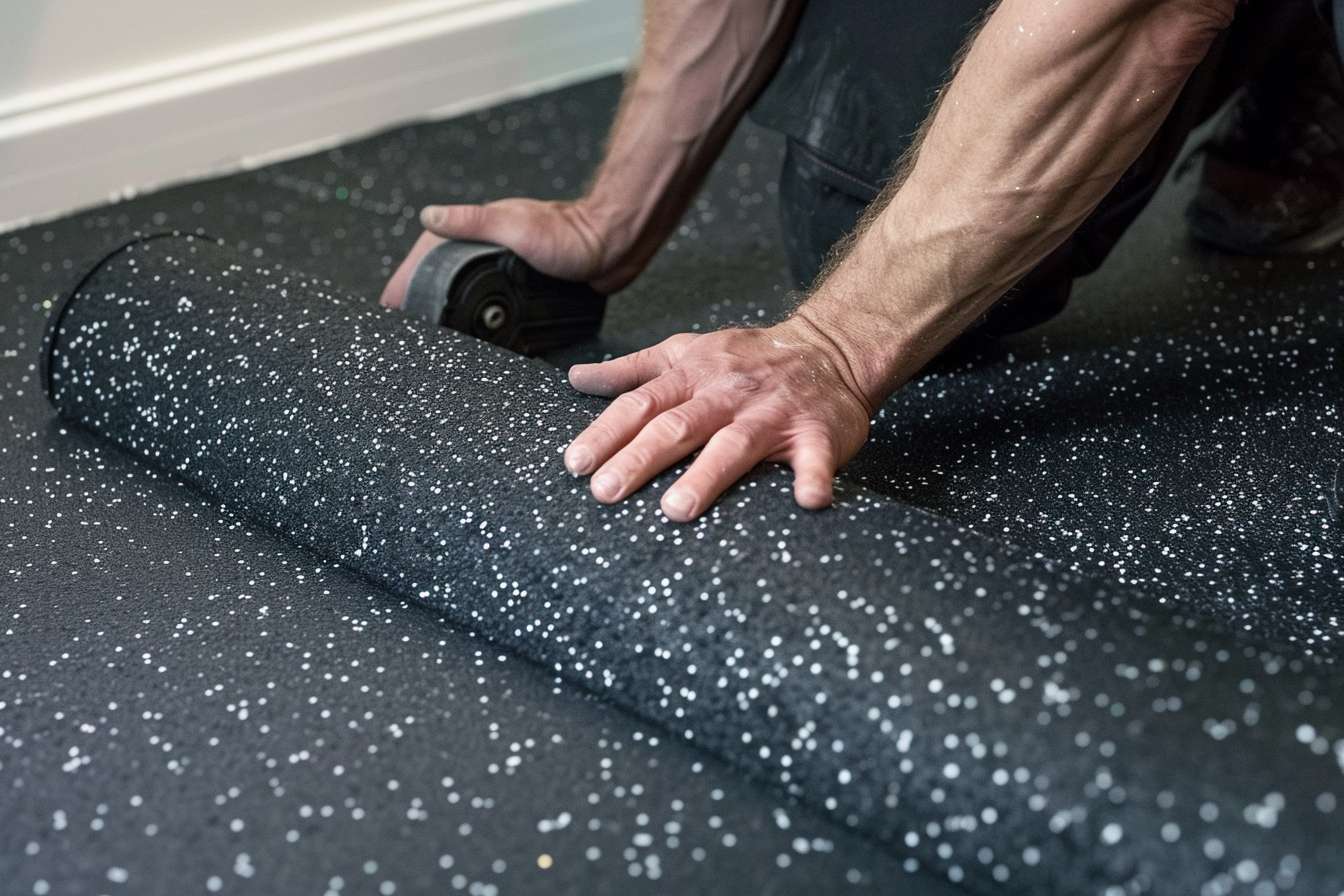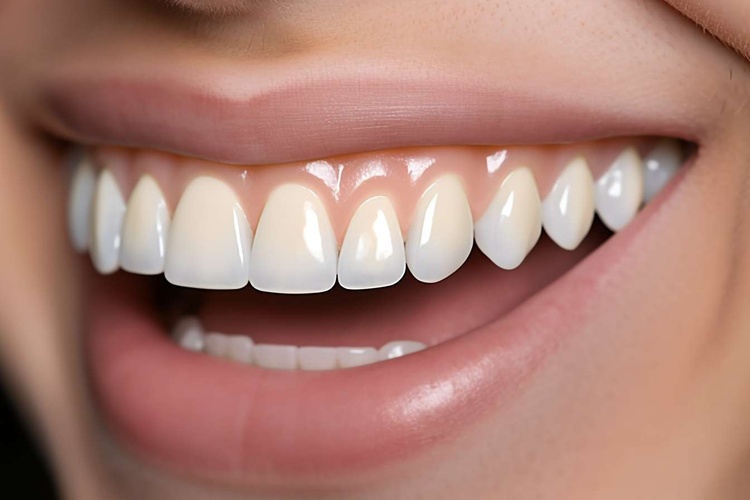Rubber Floor Tiles in Australia 2025: Easy Installation Guide and Local Suppliers
Did you know rubber floor tiles can be installed quickly and affordably with just basic tools? Discover how simple prep, interlocking methods, and local suppliers make upgrading your gym or garage flooring hassle-free and long-lasting in Australia’s unique climate.

Features of Rubber Floor Tiles
Rubber tiles are recognised for their heavy-duty wear resistance, shock absorption, slip resistance, and noise reduction qualities. Some Australian-made options, such as VersaFit® Economy Rubber Flooring Tiles, are produced from recycled tyre rubber and comply with environmental and safety standards appropriate for residential and commercial environments. Their modular design supports flexible layouts, straightforward repairs, and future modifications.
Installation Methods for Rubber Floor Tiles
Rubber floor tiles commonly feature installation processes that don’t require screws, making them suitable for DIY projects. Two frequently used methods include:
- Interlocking Tiles: These tiles have puzzle-like edges that allow them to snap together securely. Using a rubber mallet, tiles can be gently tapped into place without adhesives. This method is suitable for flat surfaces such as concrete or wood and allows easier tile replacement or rearrangement.
- Loose-Lay Rolls: Rubber rolls can be laid loosely over a smooth subfloor. To prevent issues such as buckling, the rolls should be left to acclimate in the installation area for 24 to 48 hours to adjust for temperature and humidity changes. Rolls are then cut to fit the area. Adhesives or double-sided tape may be used following product guidelines for installations requiring extra stability.
For commercial or high-traffic applications, glue-down methods can be employed to improve adherence, though they need more thorough surface preparation.
Tools and Materials Typically Required
The following tools and materials are commonly used during rubber flooring installation:
- Heavy-duty rubber floor tiles or rubber rolls
- Utility knife or flooring cutter to make precise cuts
- Metal straightedge or ruler for guiding cuts
- Measuring tape for planning layouts
- Rubber mallet for easing interlocking tiles together
- Adhesive or double-sided tape if glue-down installation is preferred
- Protective gloves and knee pads for safety
- A clean, dry, flat subfloor made of concrete, wood, or vinyl
Ensuring the subfloor is smooth and free of debris, nails, or moisture contributes to the tile’s durability and a professional finish.
Preparing Subfloors for Australian Conditions
Australian homes feature different subfloor types, such as concrete slabs, timber flooring, and existing vinyl. These are generally compatible with rubber flooring assuming proper preparation:
- Cleaning: Remove dust, dirt, oil, and grease that can affect adhesion or surface smoothness.
- Leveling: Repair holes, cracks, or uneven sections to create an even base.
- Moisture Control: Moisture in concrete garages is common in Australia. Using a vapor barrier under tiles can help manage moisture and extend tile lifespan.
- Acclimatisation: Rubber can expand or contract with temperature and humidity changes. Allow loose-lay rolls to acclimate for 24 to 48 hours before installation.
These preparation steps can support improved adhesion, durability, and appearance.
Layout Planning and Tile Sizing
Accurate measurements and planning are advisable before starting installation. Consider the following:
- Choose between staggered tile arrangements for aesthetic variety or uniform layouts.
- Plan borders or framing effects to define the space.
- Measure and cut tiles to fit corners, edges, or around fixtures neatly.
Using a straightedge and utility knife will help ensure cuts are accurate and tiles fit snugly against walls or baseboards to avoid gaps.
Pricing and Installation Considerations
In 2025, labor costs for professional rubber tile installation in Australia typically range from about AUD 2 to AUD 8 per square foot, depending on factors such as floor size, adhesive used, and necessary subfloor preparation.
Many Australians reduce costs by undertaking DIY installation with interlocking tiles or loose-lay rolls, which generally require only basic tools and limited time while maintaining quality.
Australian Suppliers for Rubber Floor Tiles
Premium rubber floor tiles are available through various Australian suppliers providing customer support and installation information:
- Flexspec: An Australian-owned company focusing on garage floor tiles, with warehouses in Victoria (Hallam, Leopold). Flexspec offers snap-together tile designs starting around $4.40 per tile, suitable for both DIY and professional installation. Delivery and pickup options are available for Melbourne and surrounding areas.
- Gym & Fitness Australia: Suppliers of VersaFit® Economy Rubber Flooring Tiles (1m x 1m x 8mm), made from recycled tyre rubber. These tiles are designed for durability at an economical price, suitable for home gyms. Shipping is available Australia-wide, with payment options such as Zip Pay and Afterpay.
Both suppliers provide installation guides and customer support resources.
Care and Maintenance Recommendations
To appropriately care for rubber floor tiles in Australian conditions, consider these tips:
- Regularly sweep or vacuum to remove dust and grit.
- Avoid dragging heavy items across the floor; lift instead to prevent damage.
- Use furniture pads or mats under equipment to reduce indentations.
- Clean spills promptly with a damp mop and mild detergent, and allow to dry.
- Periodically check for loose edges or damage; replace tiles if necessary.
These maintenance steps can help preserve floor appearance and performance over time.
Resources and Installation Support
Australian suppliers often provide detailed online installation guides, instructional videos, and articles tailored for DIY installers and contractors. These resources address best practices, common challenges, and practical advice to support successful rubber flooring projects in various settings.
Conclusion
Rubber floor tiles in Australia represent a practical and eco-conscious flooring option appropriate for many residential and commercial uses in 2025. Their modular interlocking and loose-lay designs enable relatively simple installation processes with options suitable for DIY enthusiasts or professionals. Trusted local suppliers such as Flexspec and Gym & Fitness Australia offer widely accessible quality products alongside installation assistance.
With proper subfloor preparation, thoughtful layout planning, and adherence to recommended methods, upgrading your floor with rubber tiles can be a manageable and cost-effective project. Ongoing maintenance will help maintain the functionality and appearance of your rubber flooring over time.
Sources
- Freedom Fitness Equipment: How to Guide Installing Rubber Flooring
- Flexspec Melbourne Garage Floor Tiles
- Gym & Fitness Australia: VersaFit Economy Rubber Floor Tile
Disclaimer: All content, including text, graphics, images and information, contained on or available through this web site is for general information purposes only. The information and materials contained in these pages and the terms, conditions and descriptions that appear, are subject to change without notice.




